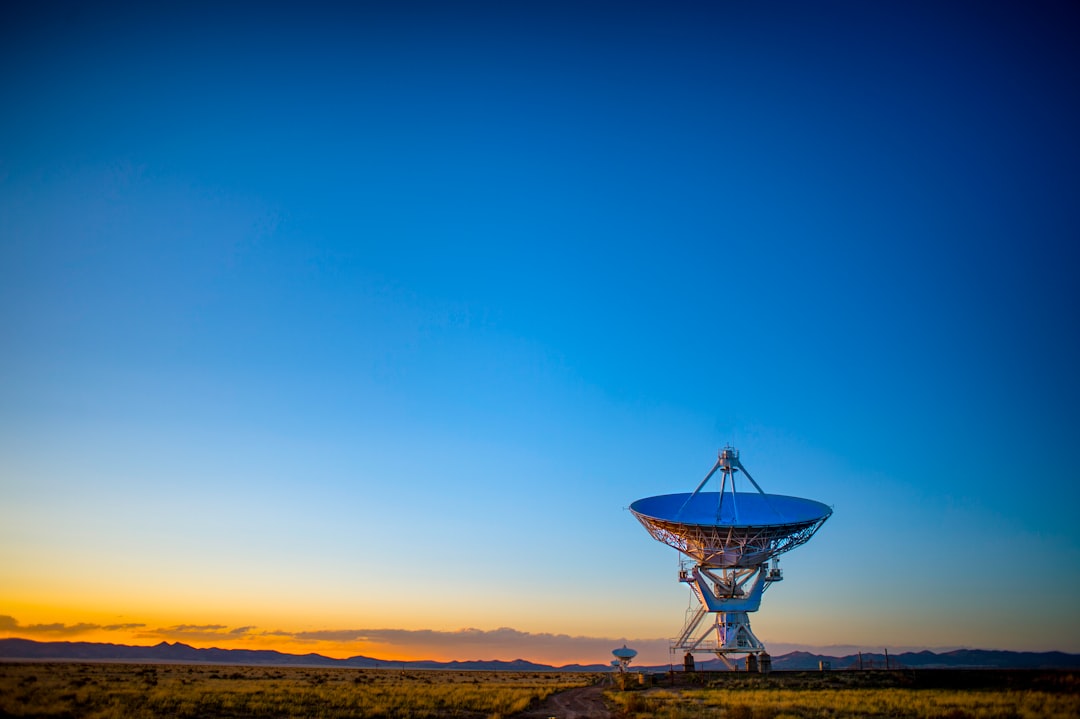What is it about?
The photocatalytic behavior of the monoclinic BiVO4 coupled with almost-amorphous β-FeOOH nanoparticles is reported for the first time. The photoactive properties were examined by means the degradation of the methylene blue dye under UV–vis irradiation conditions. In this regard, the photodegradation kinetic constants were calculated according the Langmuir–Hinshelwood model, where the reaction rate of the pristine BiVO4 was estimated in 7.5×10−5 s−1. When the akaganeite nanoparticles were added to the system, the photodegradation rate increased to 18.7×10−5 s−1 for the case of the 1% β-FeOOH/BiVO4 sample. According to the results, we propose that these enhanced photoactive features can be due to the photogenerated electrons that are effectively transferred from the conduction band of the monoclinic BiVO4 to that of β-FeOOH causing an efficient spatial separation of the charge carriers. Following the nitroblue tetrazolium (NBT) reaction, a decrease in the concentration of the superoxide ions was observed in the β-FeOOH/BiVO4 photocatalysts. This phenomenon may be justified because the electrons that have migrated can be trapped in the crystalline defects of the almost-amorphous β-FeOOH nanoparticles or even recombine with the photogenerated holes in the iron oxyhydroxide.
Featured Image
Read the Original
This page is a summary of: Enhanced photocatalytic behavior of BiVO4 through photoinduced charge transfer to amorphous β-FeOOH nanoparticles, Ceramics International, November 2016, Elsevier,
DOI: 10.1016/j.ceramint.2016.08.105.
You can read the full text:
Contributors
The following have contributed to this page










